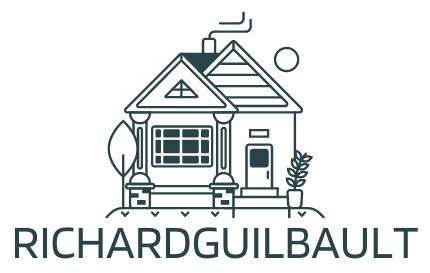Are you ready to purchase your first house? Although using property can appear just like a complicated process, the steps to check out are not at all hard. Listed below are ten tips that may help you with this changeover towards a fresh step in life.
1. Find the appropriate moment
Before buying a primary residence, begin by analyzing your financial capacities and professional perspectives. If you are in a precarious or unstable position or you’re considering moving someplace new soon, it can be better to hold out. Acquiring real house is a superb financial investment if you’re likely to hang in there for the long run.
2. Outline your preferences, goals and desires
Determine just what you are looking for: amount of bedrooms, dimension of the garden, location of retailers and schools, privacy and open spots or proximity to services, etc.
Opt for your needs over time to come. Consider if you should have more children (or if your old kids will be going out of the home), stairs in the house if your bones already are bothering you, home maintenance if your home is alone, etc.
3. Make a financial plan
Your budget also needs to participate your original research. It is vital to establish your financial capacity and that means you know how much you are able to pay. In most cases, experts say that the price tag on your property should never exceed two and fifty percent times your salary.
When it comes time to get ready your financial budget, don’t forget to take into account all the related fees (besides your mortgage): the price tag on inspection, notary fees for the transaction, moving, transfer tax, municipal and university taxes, etc. Don’t neglect annual maintenance costs.
4. Talk with a financial advisor
Before you get yourself started your research and visiting houses, make certain you know and understand all the financing possibilities to you. It’s important to find out about the several types of mortgage loans to buy houses, what rates are offered, the difference between set- and variable-rate lending options, the word, etc. By causing an appointment with a mortgage advisor, you can discuss the goals and budget in store. It could help you select the right loan while respecting your capacity to repay it.
To be able to determine the utmost amount it is possible to borrow, financial institutions will calculate your financial troubles ratio (your available income, less any continuing financial obligations such as a car finance, insurance, etc.). Regarding to financial institutions, your financial troubles percentage should generally not surpass 33 to 39% to become approved for financing.
Understand that, to secure a home mortgage, you usually have to be able to provide a downpayment and also have a good credit file. In case your downpayment is 20% of the house price, you will avoid having to join mortgage loan insurance with organizations like the Canada Mortgage and Housing Firm (CMHC).
5. Get a pre-approved home mortgage
You’ve found a lender with whom you’d prefer to do business and you simply now know all of your financing options-it’s time to find the solution that best fits you and to ensure you get your loan pre-approved.
Even before negotiations begin, many brokers or landlords will require mortgage pre-approval. Not merely does this doc demonstrate your potential to pay, it also demonstrates that you will be a significant buyer.
6. Search for the perfect property
If you’d like guidance throughout your search, speak to a real estate broker. They’ll demonstrate properties that meet your standards and accompany you throughout the buying process. Their fees are paid by the vendors at the time of the sale (if it requires place).
You can also do the study yourself by searching real estate websites with or lacking any agent: Centris, DuProprio, LesPacs, Kijiji, etc.
Opt for looking at repossessed houses. Some brokers focus on these kinds of properties. Most of them, seized by their brokers, can be found and affordable.
7. On your mark, get set, visit!
Visit as many properties as possible to make certain you make a good choice. When you find a home you prefer, return back and see it again, become acquainted with the neighbourhood, ask the neighbours about the positives and negatives of the area, etc.
8. Present a purchase offer
Once you find that rare jewel, present a purchase offer to the vendors. Determine a good price without reaching your maximum borrowing capacity. This may leave you some wiggle room during negotiations with the owners.
9. Inspect the house
Your home is a major financial engagement for many years, so it’s important that you ensure the house of your dreams is, underneath appearances, who is fit.
You can ask the services of inspection experts and choose an inspector who’s a member of a specialist order. A real estate broker can offer you good recommendations and can let you know what you ought to expect to cover this step.
10. Negotiate
You must expect some backwards and forwards between you and the owners. It’s rare that retailers accept a first offer, which explains why it’s important to start out with less offer than what you’re ready to pay.
The results of your inspection may allow you to lessen your offer. If you discover that you’ll want to do work on the house, you have several options: either the owners perform the task themselves at their own price before you move around in, or they consent to lower the price in line with the projected cost of the task.
Investing in a property is an enormous commitment. By pursuing each of these steps, you’ll have the best chance of avoiding any upsetting surprises and having the most gratifying deal possible. Once you’ve migrated in, you’ll have significantly more time to take pleasure from your brand-new life as a owner of a house.



